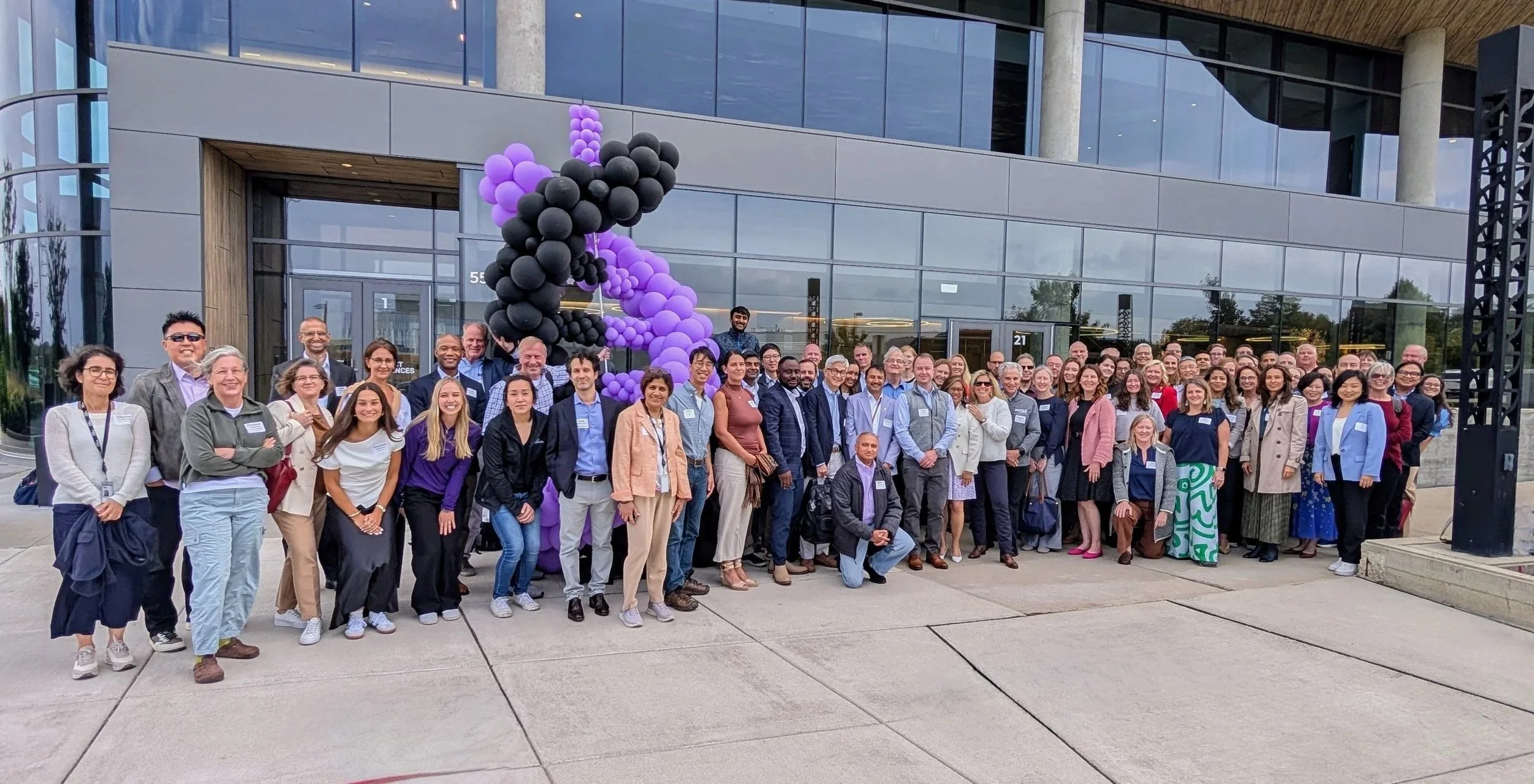
Our Story
The Blood Profiling Atlas in Cancer (BLOODPAC) Consortium was launched on October 17, 2016 to accelerate the development, validation and clinical use of liquid biopsy assays to better inform medical decisions and improve patient care and outcomes. In February 2017, BLOODPAC became an independent non-profit consortium—see this fact sheet for more information.
With input from regulatory, industry, and academic institution members, the BLOODPAC Consortium established that many of the challenges in the broader field of liquid biopsy resulted from a lack of collaboration, not any limitations of technology platforms or stalled science.

“BLOODPAC has convened stakeholders while fostering an environment in which engaged experts across disciplines, aggregate and share data and transparently establish frameworks and standards. Together, these accomplishments have re-shaped the liquid biopsy landscape for development and increased the speed with which companies can bring innovation to patients.”
PHILLIP G. FEBBO, MD
Chief Scientific Officer & Chief Medical Officer, Veracyte
To address this challenge, BLOODPAC established a collaborative infrastructure to develop standards and best practices, organize and coordinate research studies through its members and operate the BLOODPAC Data Commons (BPDC) to support the exchange of raw and processed data generated by the liquid biopsy research community. Data from retrospective basic, clinical and regulatory member studies, as well as projects BLOODPAC has prospectively organized since its inception, is aggregated and contributed to the BPDC to establish an open, publicly accessible data commons for the global liquid biopsy community.
Today, the BLOODPAC is entirely collaborator-funded and driven. In addition to developing standards and aggregating data, BLOODPAC works collaboratively with all stakeholders in the field to broaden awareness and implementation of the suggested guidelines and establish a wider chain of feedback and discussion in the community. BLOODPAC’s unique approach to collaboration in the field has led to the organization’s success and helps to guide our work into the future.
Vision
The BLOODPAC consortium recognizes data sharing and evidence generation as two fundamental requirements for success and is pursuing them through dedicated workstreams:
EVIDENCE GENERATION
Align around a framework for evidence generation to bring liquid biopsy into routine clinical practice.
BLOODPAC PORTAL
Enable community storing, sharing and analysis of liquid biopsy datasets for the community.
STAKEHOLDER ENGAGEMENT
Accelerate approval through stakeholder engagement.






